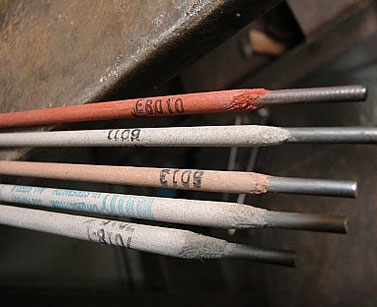Welding Electrodes are highly hygroscopic in nature, the welding rod consists of metal wire with coating of flux (mineral or baked chemicals).there are different types of welding electrodes with different coating depends upon the different metal(s) to be welded. Different blends of iron powder, hydrogen, cellulose, sodium, potassium, iron oxide etc are used to prepare the coating for different metals. Some of theses blends having affinity for water hence make the coating/welding electrode hygroscopic in nature.
Being hygroscopic the welding electrodes must be stored under controlled humidity to prevent deterioration of the coating. Electrodes if exposed to high humidity picks up moisture and result to improper welding, poor welding, weld cracking, fiery arcs, excess splatter of the weld metal, and weld metal at wrong place.

Our Product Details
Poor welding
Improper welding
Uneven welding
Increased arc voltage
Excess Splatter loss as liquid metal expelled from welding process leaves behind undesirable metal deposits
Poor slag removal
Porosity in weld deposit
Weld metal at wrong place etc
Copyrights © 2015 All Rights Reserved by CASILICA

